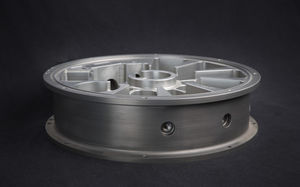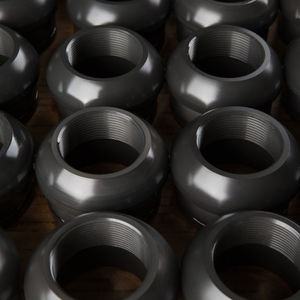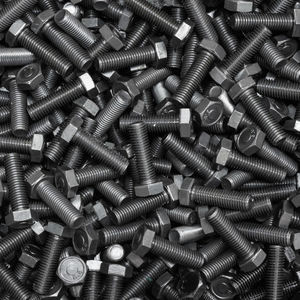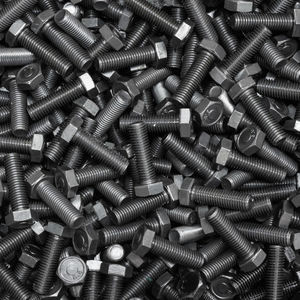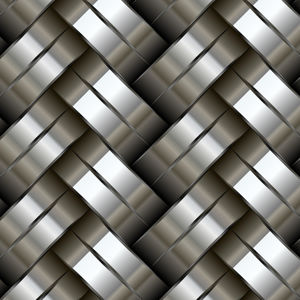
- Industrial machines and equipment
- Surface Treatment
- Hot dip galvanizing
- Industrial Metal Finishing

- Products
- Catalogs
- News & Trends
- Exhibitions
Hot dip galvanizing steelfor aeronauticsISO 9001
Add to favorites
Compare this product
Characteristics
- Process
- hot dip
- Type of substrate
- steel
- Applications
- for aeronautics
- Certifications
- ISO 9001
Description
Mechanical Galvanizing
A process where zinc is physically applied to metal substrates, usually steel. Mechanical plating provides a robust surface resistant to corrosion. It utilizes impact energy to cold weld fine metal particles to the substrate. The system uses an open-ended barrel with glass beads as the impact media. It provides a smooth, semi-bright finish with superior corrosion protection.
Advantages of mechanical galvanizing:
Eliminate re-tapping of nuts: In hot-dip galvanizing, threads must be cut or chased after galvanizing, robbing them of protection and requiring extra expense. Mechanical Galvanizing produces parts that are ready to use without any further processing steps. In heavy thickness application such as Class 50, nuts must be tapped prior to coating
No hydrogen embrittlement: Because Mechanical Galvanizing is an extension of mechanical plating technology; it does not produce hydrogen embrittlement, making it ideal for high strength fasteners. Special cleaning procedures may be required to minimize the possibility of hydrogen formation prior to coating.
Below is the most common specification for mechanical galvanizing.
Related Searches
- Anodic oxidation
- Aluminum anodic oxidation
- Anodic oxidation with coloring
- Painting
- ISO 9001 anodic oxidation
- Passivation
- Painting on metal
- Galvanizing
- Hot dip galvanizing
- Steel passivation
- Aeronautic anodic oxidation
- ISO 9001 passivation
- Phosphating
- ISO 9001 phosphating
- Steel galvanizing
- Sulfuric anodic oxidation
- Cadmium plating
- Chromic anodic oxidation
- ISO 9001 galvanizing
- Aeronautic passivation
*Prices are pre-tax. They exclude delivery charges and customs duties and do not include additional charges for installation or activation options. Prices are indicative only and may vary by country, with changes to the cost of raw materials and exchange rates.


